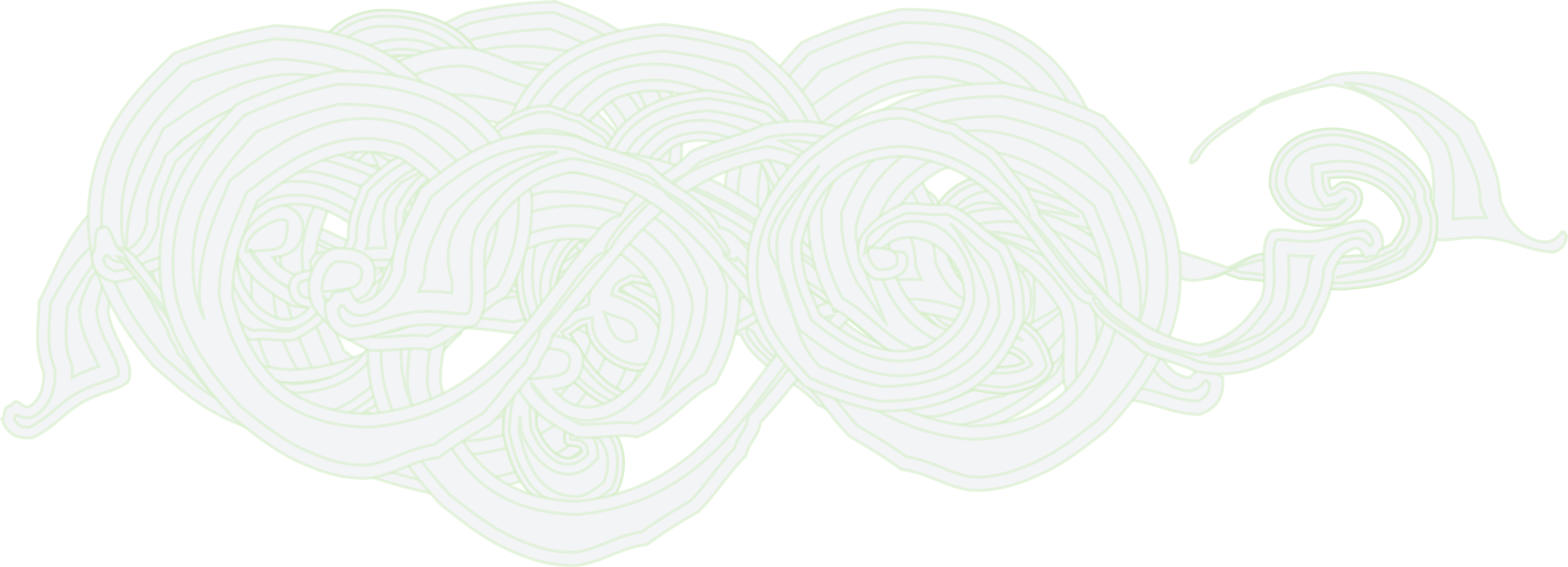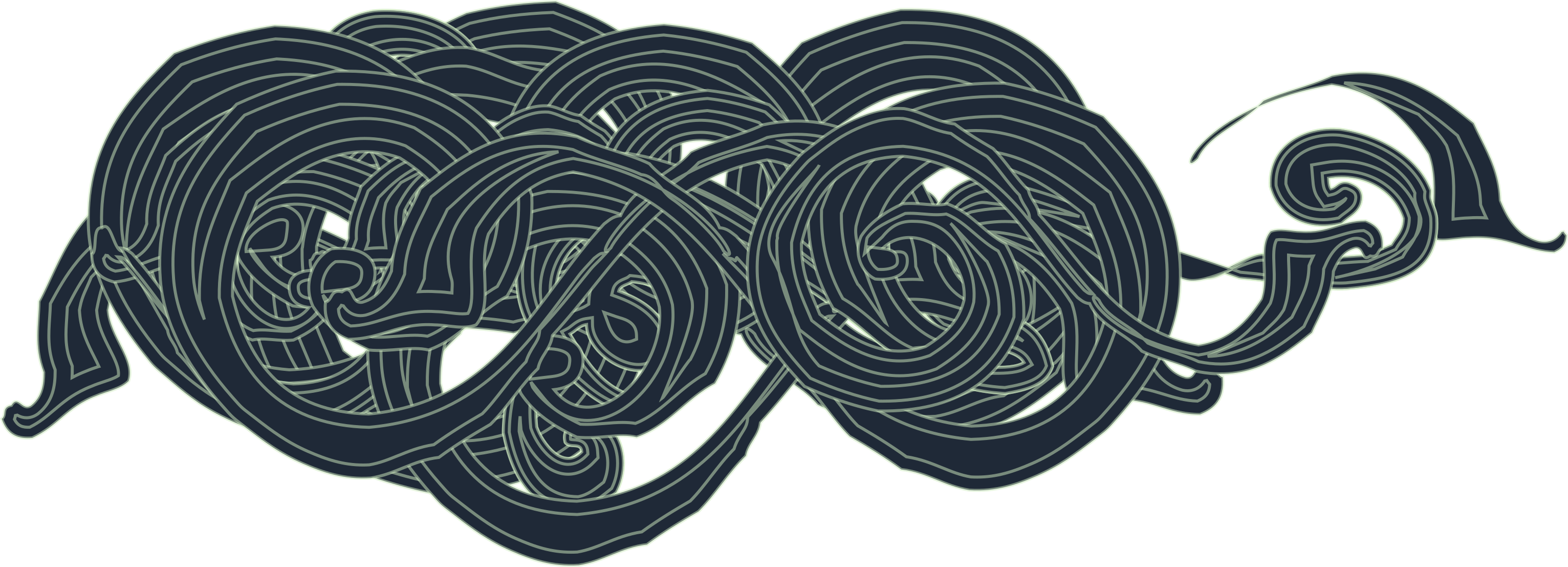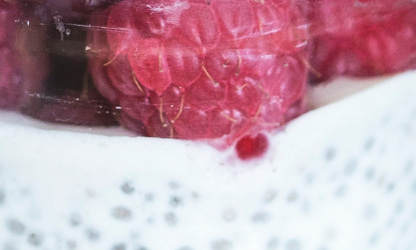

Linda Marsa; The Los Angeles Times; Mar 31, 2003; pg. F.3
Enlisting viruses to battle bacteria
Early last century, bacteria-eating viruses were considered a potentially powerful weapon against dangerous bacteria. After all, they were a natural enemy, infiltrating disease-causing microbes and destroying them from within.
But the track record of these viruses, known as bacteriophages (or phages), proved spotty, and Western physicians largely abandoned them in favor of antibiotics. Now, it seems, disease-fighting has come full circle.
As even the most potent antibiotics lose the upper hand against bacteria, researchers are again exploring the potential of these virulent invaders, with several biotechnology companies in the U.S. and Canada developing phage therapies.
"People are now desperately looking for alternatives, and there's a lot of data showing that phages have tremendous promise," says Alexander Sulakvelidze, an epidemiologist at the University of Maryland School of Medicine in Baltimore who conducted phage research in the former Soviet Union and works for a biotech company that is developing phage products.
Scientists there and in Poland stuck with phages, which are much less expensive to produce than antibiotics, and figured out ways of making them more effective. Millions of people in Eastern Europe and the former Soviet Union routinely use them to combat a variety of infections.
Phages, one of the most abundant life forms on Earth, are found in soil, water, plants, sewage, on our bodies and even in our digestive tracts, where they live in relative harmony with the other microbes carpeting our insides. These viruses bore inside bacteria and hijack their genetic machinery, turning the bacteria into mini-phage factories. Eventually, so many copies of the phages are produced that the cell bursts, destroying the bacterium, and the newborn phages invade the next bacterium.
Each strain of phage is highly specific and homes in on only a specific type of bacteria, which means predator and prey must be a suitable match for the phage to be effective. In the early days, however, doctors weren't aware of this specificity, which is why sometimes the preparations worked and sometimes they didn't. Phage treatments also frequently weren't purified properly, which made some people deathly ill after ingesting them.
"They made every mistake in the book and did some really stupid things," says Dr. Richard M. Carlton, president of Exponential Biotherapies of Port Washington, N.Y. "They just took what was on the shelf and assumed it would work."
Modern technology, however, can easily identify likely targets for the finicky phages, and their fussiness is considered a plus. Unlike the mass destruction of antibiotics, which wipe away everything in their path and can trigger diarrhea or secondary infections, phages only devour the malevolent bugs, leaving the beneficial flora and fauna intact.
"It's like the difference between an H-bomb and a laser-guided rocket," says Sulakvelidze, who also is a scientist with Intralytix, a Baltimore biotech company that is developing phage products. "Phage therapy would allow us for the first time to handpick the bad bacteria that is really causing the problem, and get rid of them without touching anything else."
Despite these advantages, many obstacles must be overcome before phages become standard treatment. "To kill off the right bacteria, you must use the right phage," says Dr. Carl R. Merril, a scientist at the National Institutes of Health in Bethesda, Md., who has studied phages for nearly 40 years. Consequently, he says, scientists need to develop rapid methods of determining which phage to use when someone has an infection, and reliable ways of purifying these preparations.
"We're still in the research stage, but the potential is enormous," says Sankar Adhya, a geneticist and phage researcher at the National Cancer Institute in Bethesda. "Within the next five years, human therapies may be available."
Phage therapies under development
Numerous phage therapies are being developed to combat infections and kill food-borne pathogens.
But one phage treatment is far ahead of the pack; it is being tested against the superbug VRE, or vancomycin-resistant enterococci, which each year kills thousands of patients whose immune systems have been compromised by AIDS or cancer treatment. The therapy recently has been tested in a small number of people, and the maker, Exponential Biotherapies, hopes to start larger-scale human tests before the end of the year.
Other companies are in the earlier stages of research into phage therapeutics to treat skin infections including burns and wounds, diabetic ulcers, bedsores, respiratory infections and treatment-resistant staph infections.
However, the first phage products to hit the market most likely will be used in agriculture. They will help cut down on the overuse of antibiotics in livestock, which is a major contributor to drug resistance in humans, and improve food safety. Several companies, such as Intralytix, GangaGen in Palo Alto and Montreal's Biophage Pharma, are devising phage remedies for bacterial infections in animals and phage sprays to eradicate food-borne pathogens, such as listeria, salmonella and E. coli, which kill hundreds of Americans every year. Intralytix, which has permission from the Environmental Protection Agency to test a phage against listeria in a food-processing plant, hopes to have this product on the market within the year.
Full circle: Researcher Alexander Sulakvelidze says scientists have rediscovered the "tremendous potential" of bacteria-eating viruses called phages.







